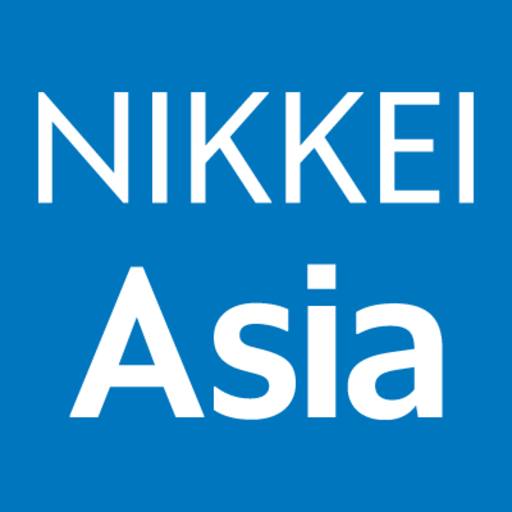Japan's Anime Industry: Embracing AI Amid Labor Shortages
September 4, 2024, 10:51 am
Japan's anime industry is at a crossroads. It faces a labor crunch that threatens its vibrant creativity. Enter artificial intelligence (AI), a potential savior. The industry is exploring AI's capabilities to alleviate the burden on overworked artists. This shift could redefine how anime is produced, but it also raises questions about the future of creativity and copyright.
The anime market is booming. In 2022, it reached a staggering JPY 2.9 trillion (USD 19.7 billion). This growth is fueled by global demand for anime content. Streaming platforms are hungry for new material. They require speed and quality. However, the workforce is dwindling. Long hours and low pay drive talent away. A survey revealed that 38% of anime workers earn less than JPY 200,000 (USD 1,358) monthly. They clock in an average of 219 hours a month—1.3 times more than the general workforce.
In this landscape, AI emerges as a beacon of hope. Companies like K&K Design are already integrating generative AI into their workflows. Background art that once took a week can now be completed in five minutes. This efficiency allows artists to focus on what they do best: character design and storytelling.
AI's role doesn't stop at art. It extends to translation, a crucial aspect for reaching international audiences. The startup Orange has developed technology that speeds up manga translation by tenfold. This could open doors to new markets, particularly in Spanish-speaking countries and India, where manga readership is on the rise.
The Japanese government is backing this technological shift. In July, the Ministry of Economy, Trade and Industry (METI) released guidelines for using AI in animation and gaming. They see AI as a tool for enhancing creativity. The government is even considering subsidies for companies that adopt AI, hoping to ease the industry's labor woes.
Yet, this rapid adoption of AI isn't without its pitfalls. Concerns loom over copyright infringement. Artists fear their work could be used to train AI models without consent. A movement advocating for creator rights has gained momentum, collecting over 10,000 signatures. The balance between innovation and protection is delicate.
The potential of AI in anime is vast. It can streamline production, enhance quality, and even expand the global reach of Japanese content. However, the industry must tread carefully. The essence of anime lies in its artistry and storytelling. If AI takes the reins, will the heart of anime remain intact?
As the industry evolves, the question remains: Can AI coexist with human creativity? The answer will shape the future of anime. It could lead to a renaissance or a decline. The stakes are high. The world watches as Japan navigates this uncharted territory.
In conclusion, Japan's anime industry stands on the brink of transformation. AI offers solutions to pressing labor issues. It promises efficiency and global expansion. But it also poses risks to the very fabric of creativity. The industry must find a way to harness AI's power while safeguarding its artistic soul. The journey ahead is fraught with challenges, but the potential rewards are immense. The future of anime hangs in the balance, waiting to see how this story unfolds.
The anime market is booming. In 2022, it reached a staggering JPY 2.9 trillion (USD 19.7 billion). This growth is fueled by global demand for anime content. Streaming platforms are hungry for new material. They require speed and quality. However, the workforce is dwindling. Long hours and low pay drive talent away. A survey revealed that 38% of anime workers earn less than JPY 200,000 (USD 1,358) monthly. They clock in an average of 219 hours a month—1.3 times more than the general workforce.
In this landscape, AI emerges as a beacon of hope. Companies like K&K Design are already integrating generative AI into their workflows. Background art that once took a week can now be completed in five minutes. This efficiency allows artists to focus on what they do best: character design and storytelling.
AI's role doesn't stop at art. It extends to translation, a crucial aspect for reaching international audiences. The startup Orange has developed technology that speeds up manga translation by tenfold. This could open doors to new markets, particularly in Spanish-speaking countries and India, where manga readership is on the rise.
The Japanese government is backing this technological shift. In July, the Ministry of Economy, Trade and Industry (METI) released guidelines for using AI in animation and gaming. They see AI as a tool for enhancing creativity. The government is even considering subsidies for companies that adopt AI, hoping to ease the industry's labor woes.
Yet, this rapid adoption of AI isn't without its pitfalls. Concerns loom over copyright infringement. Artists fear their work could be used to train AI models without consent. A movement advocating for creator rights has gained momentum, collecting over 10,000 signatures. The balance between innovation and protection is delicate.
The potential of AI in anime is vast. It can streamline production, enhance quality, and even expand the global reach of Japanese content. However, the industry must tread carefully. The essence of anime lies in its artistry and storytelling. If AI takes the reins, will the heart of anime remain intact?
As the industry evolves, the question remains: Can AI coexist with human creativity? The answer will shape the future of anime. It could lead to a renaissance or a decline. The stakes are high. The world watches as Japan navigates this uncharted territory.
In conclusion, Japan's anime industry stands on the brink of transformation. AI offers solutions to pressing labor issues. It promises efficiency and global expansion. But it also poses risks to the very fabric of creativity. The industry must find a way to harness AI's power while safeguarding its artistic soul. The journey ahead is fraught with challenges, but the potential rewards are immense. The future of anime hangs in the balance, waiting to see how this story unfolds.
